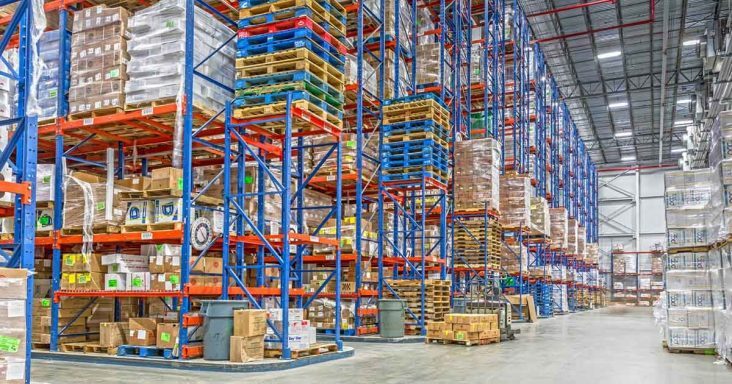Warehouse operators face on-demand delivery challenges
by April 26, 2022 12:45 pm 1,208 views

Fulfilling e-commerce orders directly from warehouses can lead to faster deliveries by skipping the lead times and scheduling related to traditional carriers and in-house fleets, a whitepaper shows.
According to the recent whitepaper by crowdsourced delivery company Roadie, consumers have come to expect faster delivery amid the e-commerce surge following the onset of COVID-19. As more consumers started shopping online, retailers competed by improving the order experience, including speeding it up.
“Direct warehouse delivery on a tight deadline used to be an exception,” the paper shows. “Today, that need for speed is nearly universal.”
However, many warehouse operators don’t have the infrastructure in place to move more products on-demand, and traditional carriers might not have the flexibility to do so, according to the whitepaper.
According to Gartner research, the top issues that warehouses face with final-mile delivery include packaging products correctly, accessing infrastructure in cities and changing consumer demands. Other challenges include cost and availability of final-mile delivery services.
“The gap between what today’s time-pressed customers need and what typical transportation modes can actually do puts revenue and customer satisfaction at risk,” according to UPS company Roadie.
Gartner research shows “the combination of technology and delivery manpower allows crowdsourcing to become a scalable, agile and deployable solution for almost any type of product and distribution network.”
According to a whitepaper by vertical conveyance company Ryson, as consumers started to order more online, directly from the warehouse, and wanted faster delivery, warehouse automation growth surged. This has led companies to move their warehouses closer to cities. The move affected the cost of warehouse real estate and labor, contributing to the rise in warehouse automation.
According to a recent real estate report, e-commerce growth has contributed to rising warehouse demand in Northwest Arkansas. Arvest Bank’s Skyline Report showed the warehouse vacancy rate in Northwest Arkansas fell to 5.3% in the second half of 2021, from 6.6% in the first half of the year and from a peak of 10.3% in the first half of 2019. Over the past five years, nearly 2 million square feet of new warehouse space has been added in the area.
In Rogers, a former Kmart store was converted into a 45,000-square-foot industrial co-working space. Loloft, a commercial real estate startup, offers the warehouse space to early-stage and growing companies. Some of the amenities include loading dock access, daily carrier pickups and a free unloading service. The plan is to expand the business model to more than 20 locations across the United States and to facilitate the speedy delivery of goods to consumers.
According to business outsourcing company DDC FPO, consumer shipping expectations set by large retailers such as Amazon have led to a rise in smaller, more dispersed warehouses instead of a few larger ones near major ports. As the number of decentralized warehouses rises, carriers that cover multiple regions might benefit from more contract opportunities.
